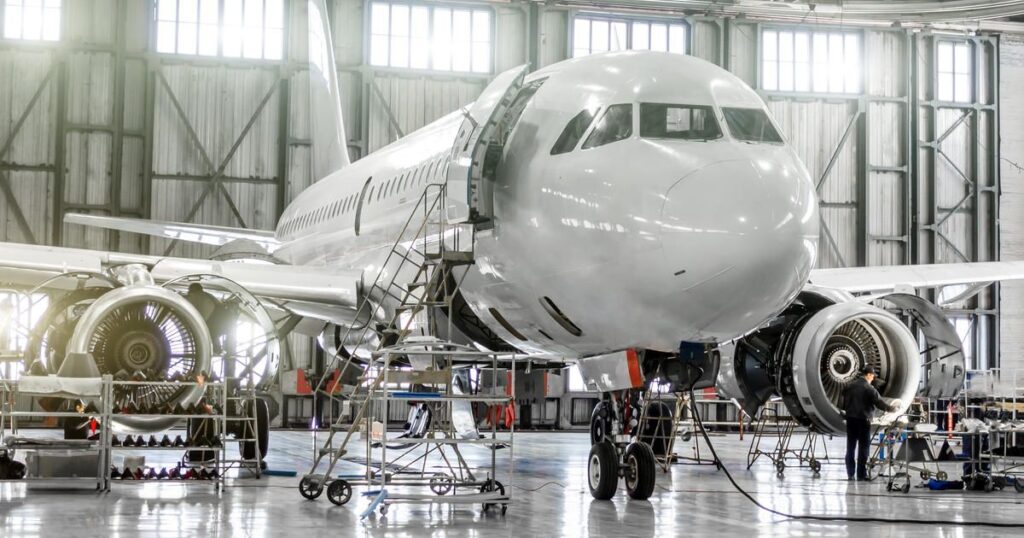It won’t be wrong to say that the Australian MRO aviation industry is one of the most competitive MRO markets in the world. The extreme level of competition also implies that there is a thin line separating the winners from the wannabes and that separator is demarcated by values such as faster turnaround time (TAT), customer satisfaction, service level compliance, adherence to timelines, and management of other highly complex business processes.
When MRO aviation operations are carried out manually there are a lot of challenges faced which range from manual work scheduling, inaccuracy of work estimations, lack of visibility over resources, inventory leakage, and incompatibility due to legacy systems at various locations. The challenges have become even greater in the post-pandemic times as there is a pressure to reduce the human workforce without compromising on efficiency and quality. That’s why the need of the hour is to integrate top-of-the-line MRO aviation solutions which act as one-stop-shop aircraft maintenance software for the entire operations. With such software, you can manage complex contracts and carry out various processes in an easy, standardised, and paperless manner.
The biggest benefit of such an advanced aircraft maintenance software is that it serves as the framework for hassle-free MRO operations. As a holistic MRO aviation software, it will take care of all the four major segments of work which are:
Component MRO – The standardization of the platform enables Component MRO functions such as Component Receipt, ARC Release, Quote management, and invoicing processes with efficient customer interaction capabilities for superior operations, usability, and ease of handling.
Engine MRO – A world-class aircraft maintenance software that would serve as a customized MRO software that facilitates engine slot management, work scope evaluation, engine visit, estimations, build-up, kitting, digitized task card, maintenance tracking, ARC, Quotations, and invoicing processes with higher efficiency of customer interactions.
Line MRO – Line maintenance is a key aspect of MRO operations. Thus, you need a solution that offers AMO and Line station maintenance operations with highly efficient work scoping, real-time defect reporting and seamless integration of flight service billing.
Hangar MRO – A good 3rd party aircraft maintenance software can offer a holistic cycle that starts from the induction of the aircraft to billing, work scope management, task card digitization, efficient planning, connected inventory planning and automated invoicing functions.
A world-class aircraft maintenance software would take care of different types of MRO aviation needs ranging from defence to civilian and manned as well as unmanned aerial vehicles. It will give the much-needed competitive edge that your MRO aviation activities need. A modern aircraft maintenance software uses the power of Artificial Intelligence and Machine Learning to deliver constant enhancement of service performance. You can finish all projects on time which enhances your organizational efficiency and capabilities. For defence organizations, robust MRO aviation software could make a tremendous difference. It will enhance fleet availability for any time operations which could be of great value in hostile scenarios as well as for proactive peacetime defence operations.

